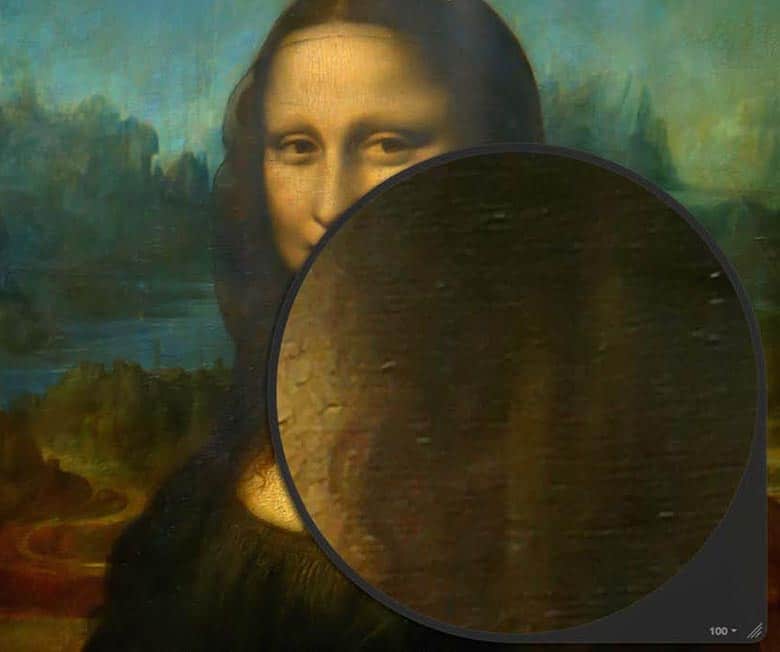What is pixel peeping? Below is the answer to a question I receive many times a week.
The Question: “I keep getting frustrated when I blow my images up to 1:1 and see they are not as sharp as I’d like”
Sound familiar? This is a question I receive often from beginners who are misinterpreting the sharpness of their images based on how they look at 100 percent zoom (also referred to as 100 percent crop). In some cases images are being zoomed in as much as 300 percent or more! That is called Pixel Peeping.
Many photographers are so hung up on how images look at 100 percent that they are earth shatteringly disappointed with either their gear or technique. The truth is, at 100 percent most images aren’t as sharp as 50-70 percent zoom, this is normal for DSLR cameras.
Let’s face it
If we were to walk up close to a famous painting in a museum and study it pixel by pixel, you’d find irregularities in the brush strokes, problems with color and skewed lines. So why do we do it with photographs? Similar to paintings in a museum, photographs are meant to be viewed as a whole, and from a certain distance. Hence I have learned to never go beyond a 50 percent crop when judging the sharpness of photos on my monitor.
Monitor Size
If you were wanting to fairly judge an image at 100 percent zoom, you’d need to also change the resolution of your monitor to match that of the image so you can view the photo as a whole on your screen. The problem being, there is no monitor I can think of that could actually do that! The largest my desktop monitor goes to is 2560 x 1600 pixels and my laptop 1440 x 900.
On September 5, 2014 Dell unveiled ‘the world’s first’ monitor with 5K resolution, shortly followed by Apple when they released a new iMac with same size and 5120 x 2880 resolution. With many entry model DSLR cameras now utilizing 24MP sensors, you’d need a monitor resolution of 6000 x 4000 pixels to display images at 100 percent, yet still enable you to view them as a whole. Only then could you judge the sharpness at 100 percent.
Let’s pretend there are monitors that could display an image as a whole at 100 percent zoom, there are still countless reasons why an image may not appear sharp. Many of which have nothing to do with your technique or camera gear.
For starters, the sharpest of images need clean air and good lighting. Even at reasonable focal distances, heat shimmer, fog and haze are some of the biggest barriers to sharpness! This is often referred to as ‘atmospheric conditions’. The harder the light, the sharper an image will appear. By hard, I’m referring to shadows that have a very defined edge between the shadow and the light, like what you’d see if you shot in the middle of the day. Whereas this lighting is great for sharpness, it’s often regarded overall as being the less desirable light for photography. Colors are usually washed out and the photographer needs to deal with the harsh shadows.
Sharpness Equals Local Contrast
Sharpness also equals the amount of local contrast seen in any particular subject. For example, it’s hard to perceive sharpness in dark areas such as a tree trunk for instance. At times like this, it is important to know that there is nothing wrong with your image for the conditions.
Anti-Aliasing Filter
Did you know most cameras on the market today use a low-pass / anti-aliasing filter (blur filter) to help combat problems with moiré (strange-looking wavy patterns seen in man made objects.
The anti-aliasing filter implements a slight blur before the image reaches the sensor. Therefore, purely by design, DSLR cameras were not created to have every inch of an image scrutinized pixel by pixel. There are now several DSLR cameras aimed directly at landscape and nature photographers that have had the anti-aliasing filter removed from the hardware. For example, Nikon D800E and Canon 5DS R.
I highly recommend watching a video from FroKnowsPhoto over at http://froknowsphoto.com/the-canon-5 dsr-quality-just-blew-me-away
In this video, Fro is totally blown away by the quality of an image that was taken with a Canon 5DS R when zoomed in at 1:1. The point being, unless you own a camera that has the low-pass / anti-aliasing filter removed, there really is no point in pixel peeping an image at 100 percent zoom.
It’s simply not what your DSLR camera was created for.
Sign-up for our online photography course and learn how to master your digital camera in easy to understand “at your own pace” lessons.
Click here for more information and sign-up details
